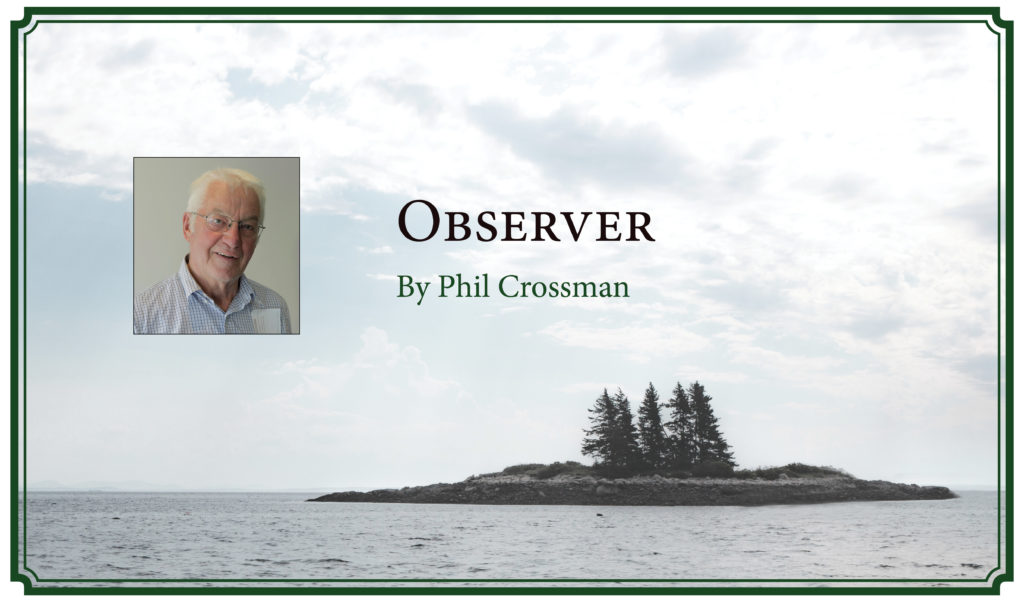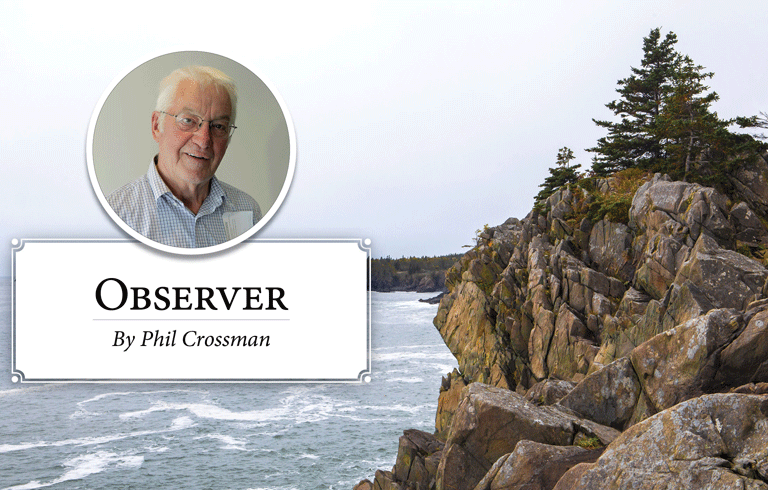By Phil Crossman
Our most recent road trip took us out to Utah and Colorado. It was so stunning that when it was time to return, we left the Eurovan in Denver and flew home so we can fly back and explore further without having to drive across the country again, probably in the spring.
This is the third extended road trip and we continue to find them enjoyable and the van a remarkable piece of engineering. It’s also a great test of a relationship. A month together in something that size can be a challenge and we do have to remind ourselves beforehand that “Love you, sweetie,” and things like “Get the hell out of the way” are all terms of endearment.
We had no particular destinations along the way, although we did want to see the Grand Canyon. Instead, we selected places of interest day by day.
One of those, toward the end of our journey, was Mesa Verde, especially the area’s cliff dwellings. I’d read about them but was not prepared for what was revealed. Here and there, hundreds of feet above the canyon floor, were some enormous, some less so, some quite deep, some less so, overhung shelves gouged, over the centuries, by wind and raging waters, from less resilient areas of the canyon walls.
Some were a few feet deep; others were over a hundred and some of the latter were home to multi-story masonry apartments that had been home to hundreds of Puebloan people. Others stood alone, two or three rooms, each on two or three stories on a shelf 30- or 40-feet deep. There were no ground floor openings. Entrance to them all was with ladders through upper floor openings. I tried to imagine the circumstances:
About a thousand years ago, Tahoma and Ajei, a young Navajo couple, have run away from their troublesome families back in what is now New Mexico and are following a river north through an enormous canyon. They are carrying a few belongings but not much else and dreamily speculating on how and where they might spend the rest of their lives together.
“How about up there?” asks Tahoma pointing skyward. Ajei looks up but sees nothing except a ragged and forbidding vertical stone canyon wall. A couple of hundred feet up from where they stood, but still a hundred feet below the mesa above, is a big horizontal gash in the rock, maybe a hundred feet wide and presumably deep, but from down here—who knows?
“Up there? What can you be thinking?” she asks.
“Sure, it’s perfect’” he says enthusiastically.
“How on earth will we get up there?”
“I can build ladders, five or ten 20-foot ladders should do it.”
“And then what?”
“Then I’ll we can build a house.”
“From what, for goodness sake?”
“This is sandstone—very soft and malleable. I can pound pieces of it into bricks, using the harder stones here at our feet as tools and I can fashion mortar from ash and soil.”
“And how will we support ourselves? What will we eat?”
“A few more ladders will get me up to the top of the mesa so I can plant maize and other crops. We’ll have a family, maybe take in boarders, a B&B, to supplement our income, and we’ll have to caution the kids to stay away from the edge.”
And so they did, and so did thousands of others and why they chose to build in these forbidding places when they did, and why they suddenly abandoned the place a few hundred years later are subjects of a great deal of speculation.
Phil Crossman lives on Vinalhaven where he owns and operates The Tidewater Motel.





